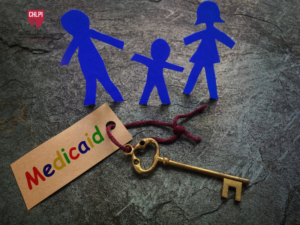Harvard Law’s Emily Broad Leib explains why the FDA is considering new front-of-package labels to call out foods with high fat, salt, and sugar
By Rachel Reed. Published in Harvard Law Today on October 30, 2024.
Halloween means haunted houses, creepy movies, and, of course, lots and lots of treats. From sugary candy bars to salty potato chips, the spooky season has long been a time to gorge on the goodies we love.
But here’s the truly scary part: A growing body of evidence suggests that these foods may not love us back. Not only do they contribute to diet-related diseases, but they can also be detrimental to our overall health.
Potential — and controversial — new changes to the packaging of many supermarket favorites could help with that, says Emily M. Broad Leib ’08, a clinical professor of law at Harvard and longtime proponent of food literacy and better food policy for health and environmental sustainability.
In 1990, Congress passed the Nutrition Labeling and Education Act, ushering in the United States’s original comprehensive food labeling system, requiring food packaging to include information about calories, fats, sugars, and other nutrients. Today, the U.S. Food and Drug Administration is considering another major innovation: front-of-package labels that clearly indicate when the food inside is particularly high in sugar, fat, or sodium. Broad Leib, who is also the director of Harvard’s Center for Health Law and Policy Innovation and its Food Law and Policy Clinic, says that the new labels will help people make better choices at the grocery store.
“I think people will still enjoy their treats when they want them,” she says. “But with the things that you’re intending not to be treats — the things you are hoping will provide nutrition to your family — you will have a better idea of what they contain.”
Read the full article.


